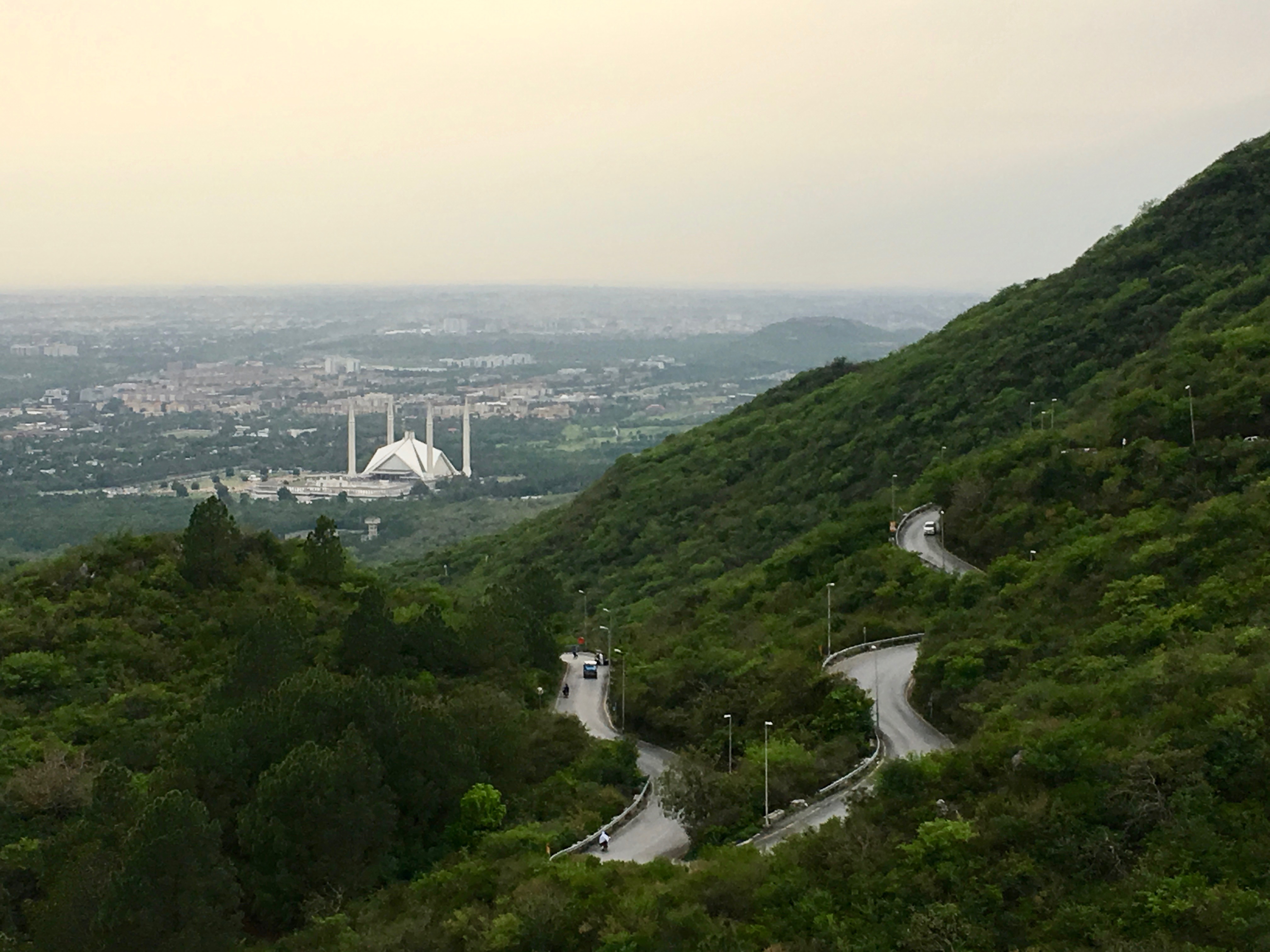Islamabad and Northern Punjab

Northern Punjab is a hilly area, with a population more sparsely distributed than the eastern and southern regions. Islamabad and Rawalpindi form an anchor to this region, and make a good base from which to begin a tour.
The cities are two sides of the one Pakistani coin; Rawalpindi was a garrison city, with chaotic, dusty bazaars filling in the spaces between famous academies and institutes. Islamabad on the other hand is the bureaucratic heart of the nation, imposed by lush hills, bountiful nature reserves, upscale commercial districts and the opulent Shah Faisal Mosque. All of the above considered, Islamabad and Rawalpindi offer a microcosm of Pakistan in a neat package.
To the south of the cities lies the Potohar Plateau, an undulating tableland filling the space between Khyber Pakhtunkhwa and the Jhelum River. It’s known for the huge Rohtas Fort, the serene Katas Raj Temples, and the Salt Range.
As the Potohar mountains approach the border of Khyber Pakhtunkhwa, the countryside becomes more barren and the society more cosmopolitan, yet more conservative. You’ll see a couple of burka-clad women among the scores of turbaned men outside the Panja Sahib Sikh Gurdwara, and at Taxila lies an ancient Buddhist civilisation. In the hills north of Islamabad, in places like Murree, the terrain becomes increasingly rugged and densely forested, forming the tranquil foothills of the Himalaya and Karakoram Ranges.
